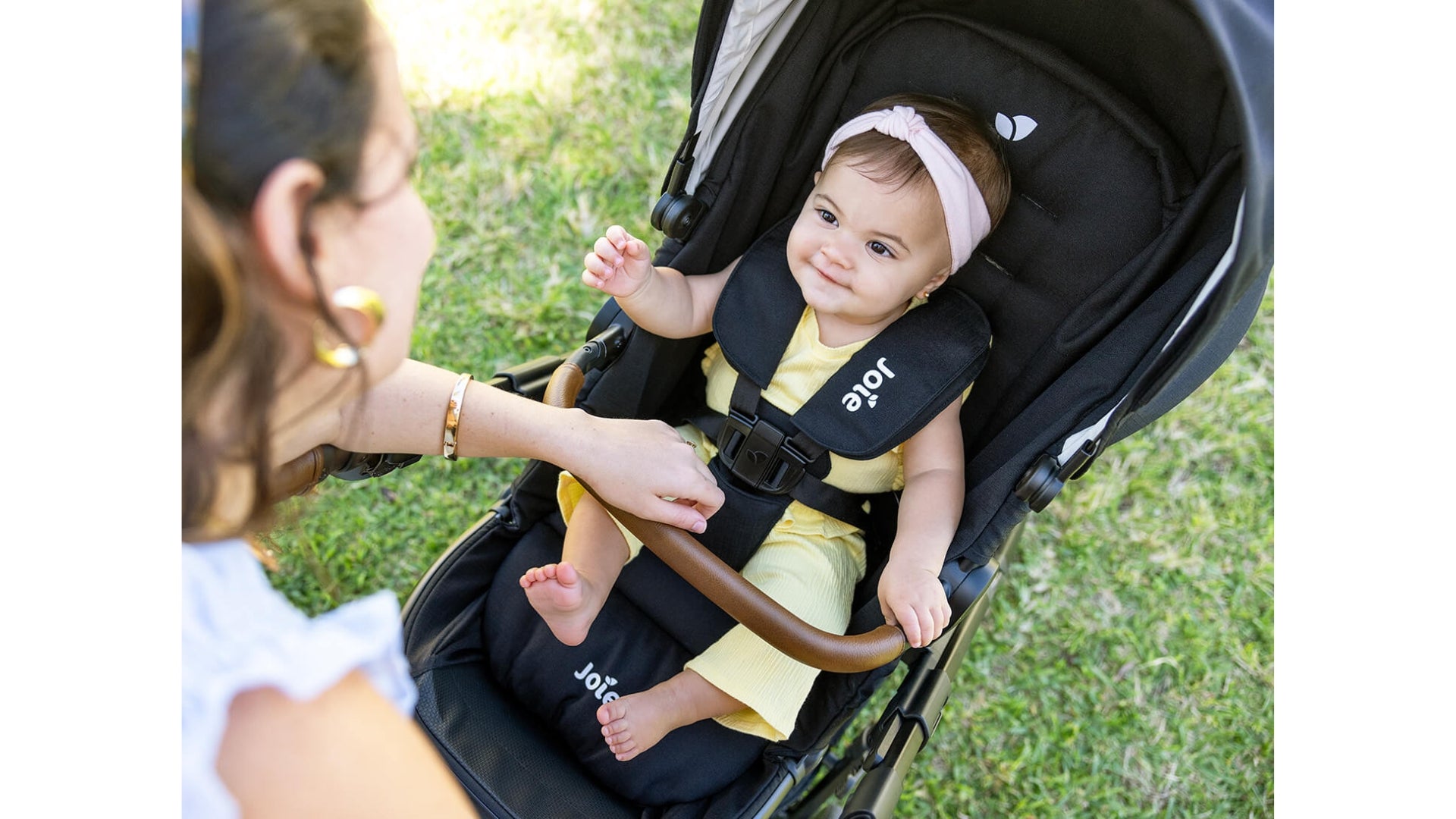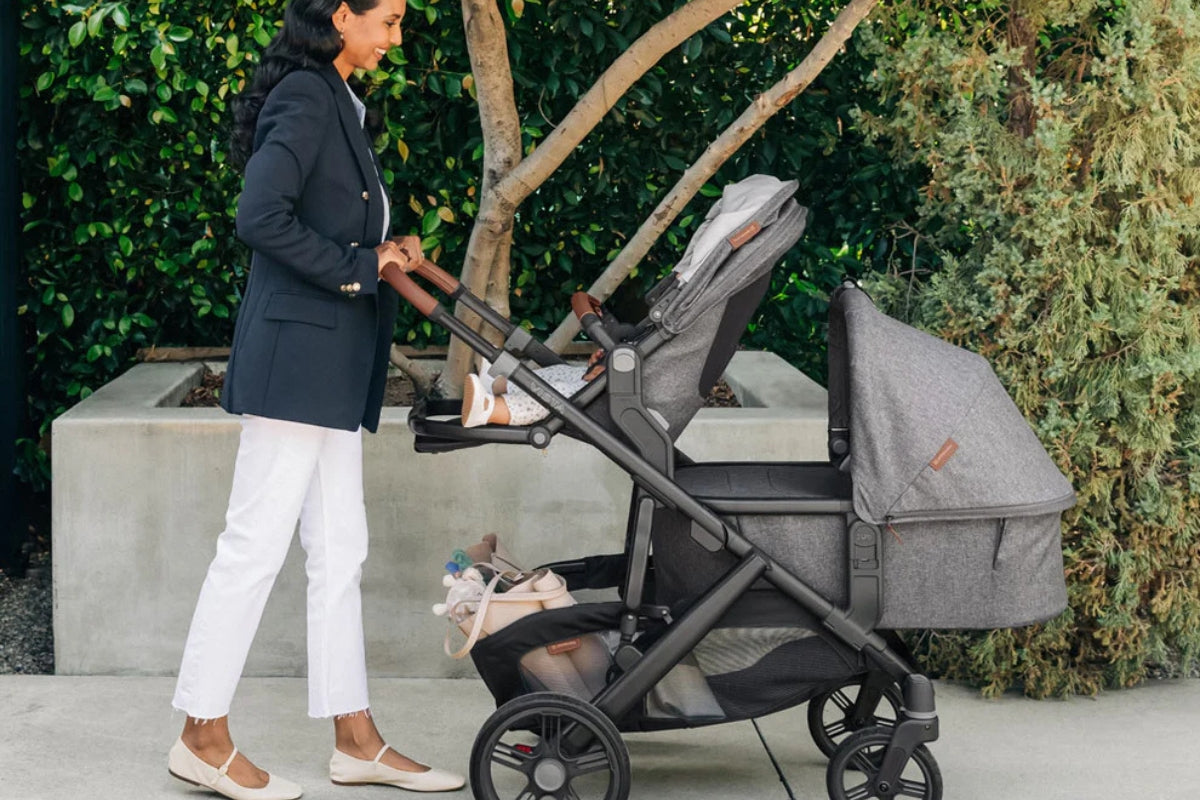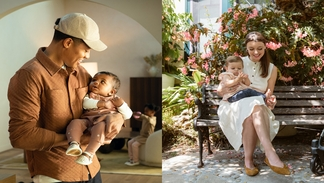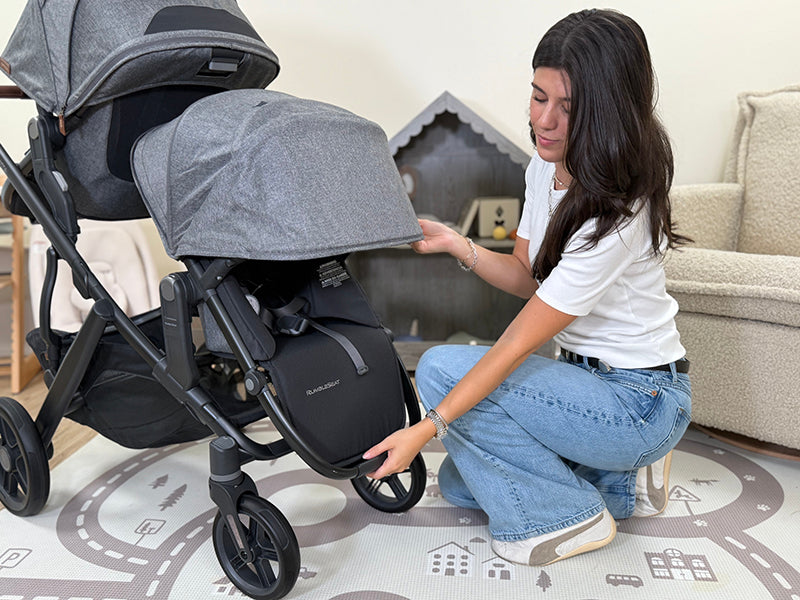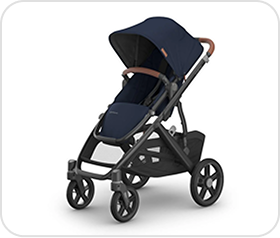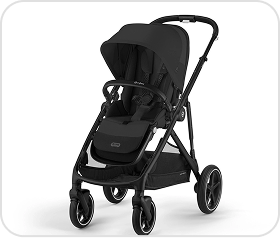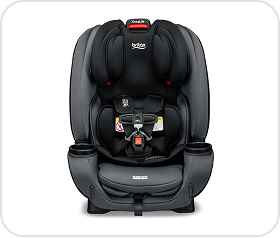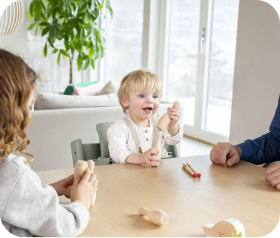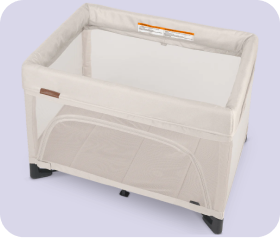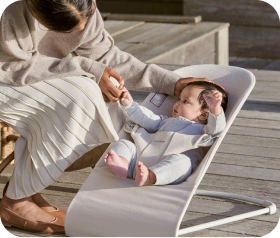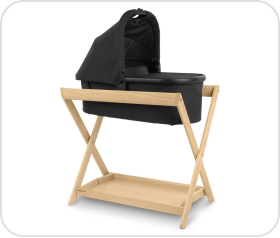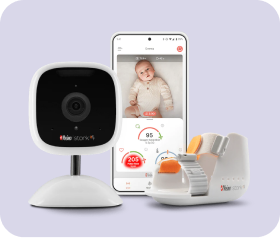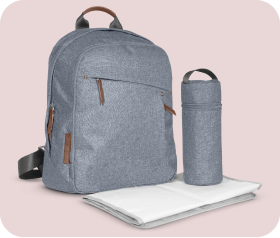
The Ultimate Babywearing Guide for New Parents
Babywearing 101: Because Your Arms Deserve a Break
Babywearing isn’t some trendy new parenting hack—it’s been around for centuries. Across cultures, parents have wrapped, slung, and strapped their babies close long before strollers were even invented. And honestly? They were onto something.
Sure, the constant snuggles are amazing, but the perks go way beyond that. Carried babies tend to cry less, sleep more soundly, and adjust more easily to life outside the womb. And for parents, having two free hands again is nothing short of magic. Babywearing helps make newborn life just a little more doable (and gives you more of those sweet noggin smooches along the way).

What Is Babywearing?
At its core, babywearing is simple: it’s the practice of carrying your baby close to your body using a wrap, sling, or carrier. But the benefits are anything but basic.
When your little one’s snuggled against your chest, you start noticing every tiny cue—rooting for a feed, a half-yawn before nap time, that unmistakable squirm that says, “change me, now.” Responding to those cues helps your baby feel secure, and over time, that sense of safety builds trust and confidence for both of you.
And for parents? It’s the kind of multitasking that actually works. You can reply to a few emails, toss in a load of laundry, or even stroll the aisles of the grocery store without breaking a sweat. It’s part bonding, part practicality, and maybe the only thing keeping mornings (mostly) functional.
Want to dig deeper into how it supports your baby’s development (and your peace of mind)? Check out our guide to 10 Benefits of Babywearing (That Go Way Beyond Convenience).
Do You Really Need a Baby Carrier?
Technically? No. Parents have survived without them. But if you ask most who’ve been through the newborn trenches, the baby carrier ends up being the gear MVP.
It goes where strollers can’t (and where you don't want to lug one): up narrow stairs, through crowded stores, around the house when your baby refuses to nap anywhere but on you. It keeps them snug, soothed, and close while giving you the freedom to move, multitask, or just zone out.
And while baby swings and bassinets are super useful, nothing beats being held. Carriers let you keep your baby happy and your hands free—the ultimate parenting win-win.
Types of Baby Carriers
Here’s the fun part: there’s no single “right” carrier—just the one that fits your lifestyle (and your patience level for straps, knots, or buckles). Here’s a quick look at the main types and what they do best:
Stretchy Wraps
A long piece of soft, stretchy fabric that you tie around yourself. They're the babywearing version of sweatpants—cozy, forgiving, and perfect for those early weeks when you’re both figuring things out.
Best for: newborn cuddles, the “fourth trimester,” and short wear times.
Ring Slings
A length of woven fabric threaded through two rings to create an adjustable pouch. Fast to pop on and off—great for babies who change their minds about being held every ten minutes.
Best for: quick errands, newborns, breastfeeding on the go, and caregivers who share.
Soft Structured Carriers (SSCs)
Probably what you picture when you think “baby carrier.” These have padded straps, buckles, and a supportive panel that grows with your baby. They’re simple, comfortable, and easy to share between caregivers.
Best for: longer walks, all-day comfort, and multitasking parents who prefer “click and go” to “wrap and hope.”
Hybrid Carriers
A mash-up of a wrap and a structured carrier (soft and drape-y, but with buckles). Great if you like the look and feel of wrapping but want to skip the origami-level folding.
Best for: parents who want wrap comfort with a smaller learning curve.
Frame Carriers
Think hiking backpack, but for your baby. These have built-in seats and lots of support, making them ideal for outdoor adventures—not so much grocery runs.
Best for: hiking, travel, and carrying bigger babies or toddlers for longer stretches.
How to Choose the Right Baby Carrier
Like most baby gear, there’s no one-size-fits-all answer—just the one that makes your life easier. Some parents swear by wraps, others can’t live without buckles, and plenty end up with two (or three) because babies have opinions too.
Before you buy, think about how you’ll actually use it. Are you planning to wear your baby daily, or just for errands and outings? Will you share the carrier with a partner or grandparent? Do you live somewhere hot, or are you layering up for half the year? A little planning makes a big difference.
Here’s what to keep in mind:
-
Ease of use: Wraps take practice; buckle carriers are grab-and-go.
-
Longevity: Stretchy wraps are newborn favorites, while structured carriers last well into toddlerhood.
-
Feeding: If you’re breastfeeding, look for a carrier that’s easy to loosen or shift mid-feed.
-
Climate: Babywearing gets warm fast—mesh panels or lighter fabrics help in hot weather.
-
Caregiver fit: Adjustable carriers make it easier for multiple caregivers to share comfortably.
At the end of the day, the right carrier is the one that keeps your baby happy, your shoulders intact, and your hands (mostly) free.
Babywearing Safety Basics
When done correctly, babywearing is safe, soothing, and seriously helpful. But because it involves, you know, a tiny human, a few basics matter.
The easiest way to remember proper positioning is with the T.I.C.K.S. rule:
-
T is for Tight: Your carrier should hold your baby snugly against you—no slouching or sagging.
-
I is for In View at All Times: You should always be able to see your baby’s face without adjusting fabric or straps.
-
C is for Close Enough to Kiss: The top of your baby’s head should rest near your chin (bonus: you get to sniff that newborn smell on repeat).
-
K is for Keep Chin Off Chest: Make sure there’s at least a finger’s width of space between chin and chest to keep their airway clear.
-
S is for Supported Back: Your baby’s spine should stay in a gentle “C” shape—no arching or curling forward.
You’ll also want to check that your baby’s hips are in the “M” position: knees higher than their bottom, thighs supported to the knee, and legs naturally wrapped around your torso. This setup encourages healthy hip development and helps prevent hip dysplasia.
If you’re wearing a newborn or preemie, extra care is key. Make sure their head and neck are fully supported, and talk to your pediatrician before using a carrier if your baby has medical or developmental needs.
When Can Your Baby Face Forward?
We get it—your baby’s curious, and you’re excited to give them a front-row seat to the world. But for the first several months, inward-facing is best. Babies need time to build strong neck and core muscles, and facing inward also keeps their hips in that healthy “M” position.
Most experts, including the International Hip Dysplasia Institute, recommend waiting until around 6 months before turning your baby outward. By then, they usually have enough head and trunk control for a safe and comfy ride.
When you do make the switch, start slow. Begin with short outings and keep an eye out for signs of overstimulation (you’ll know it when you see the wide-eyed stare that says, “I’ve had enough of this noisy playground”). And remember—facing inward isn’t just for newborns. Many babies prefer it long past the six-month mark because it feels secure and familiar.
How Long Can You Use a Baby Carrier?
There’s no official expiration date on babywearing (it really depends on your baby, your carrier, and your back). Most parents get the most mileage out of their carrier during the first year, when closeness equals calm. But plenty keep wearing well into toddlerhood, especially for travel, errands, or those “we left the stroller in the car” moments.
Here’s what to keep in mind:
-
Check the weight and height limits. Every carrier has its own range. Stretchy wraps are great for newborns; structured carriers often hold up to 40 pounds or more.
-
Comfort matters (for both of you). As your baby grows, a supportive carrier with padded straps and a waistband can make all the difference.
-
Let your baby decide. Some toddlers still love being carried, others would rather walk—until they’re tired, of course.
Babywearing isn’t just for the early days. As long as it’s safe and comfortable, it can be your go-to way to keep your little one close, even when they’re not quite so little anymore.
Babywearing FAQs
Is babywearing safe for newborns?
Yes—when done correctly, babywearing is safe from day one. Choose a carrier that supports your baby’s head and neck, keeps their airway clear, and lets you see their face at all times. Snug is good; slouchy is not.
Can you babywear a preemie?
Kangaroo care (skin-to-skin contact) is especially beneficial for preemies, and wraps or slings can help extend that closeness. Just check with your pediatrician before babywearing a premature or medically fragile baby to make sure it’s the right fit.
Does babywearing cause hip dysplasia?
Nope. In fact, when your baby’s hips are supported in the “M” position—knees higher than their bottom, thighs spread naturally around your torso—it actually encourages healthy hip development. The International Hip Dysplasia Institute recommends carriers that support the thighs rather than letting legs dangle straight down.
How long can my baby stay in a carrier?
There’s no strict time limit, but breaks are your friend. Check that your baby’s airway is clear, their legs are supported, and they’re comfortable (and that you are too). A little repositioning every now and then goes a long way.
Can I breastfeed in a carrier?
Yes—and it can make feeding on the go a lot easier. Some parents love the privacy and convenience of nursing in a carrier. Just be sure to return your baby to an upright, supported position when you’re done.
What’s the best baby carrier for dads?
The one he’ll actually wear. Structured carriers with buckles and back support are usually a hit, but plenty of dads swear by the simplicity of a sling or hybrid. Comfort and fit matter more than style points.
Is it weird to babywear a toddler?
Not at all. Toddlers have opinions, short legs, and zero chill in airports—babywearing can be a lifesaver in all three situations. As long as your carrier supports their weight and you’re both comfortable, it’s fair game.
Have More Baby Carrier Questions?
Babywearing isn’t about doing things perfectly—it’s about finding what makes life with a tiny human a little easier (and a lot more hands-free). The best carrier is the one that fits your lifestyle, your body, and your baby’s stage—whether that means long walks, short naps, or surviving the witching hour with dignity intact.
At Strolleria, we’ve curated a selection of carriers that are safe, supportive, and genuinely worth using—because baby gear should make life simpler, not add to your returns pile. Have more questions? Reach us anytime at cs@strolleria.com.




